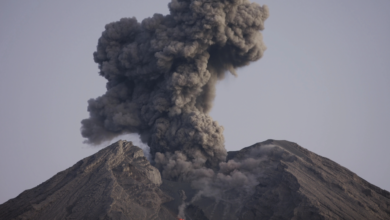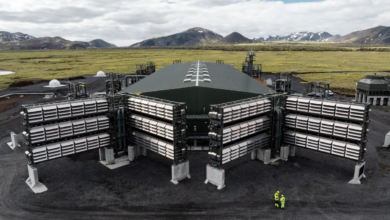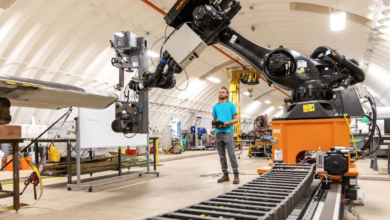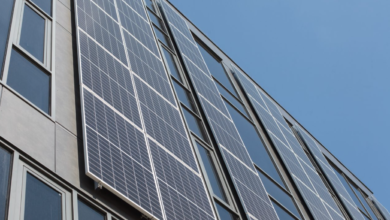The Caribbean jewel: photovoltaics that resists hurricanes
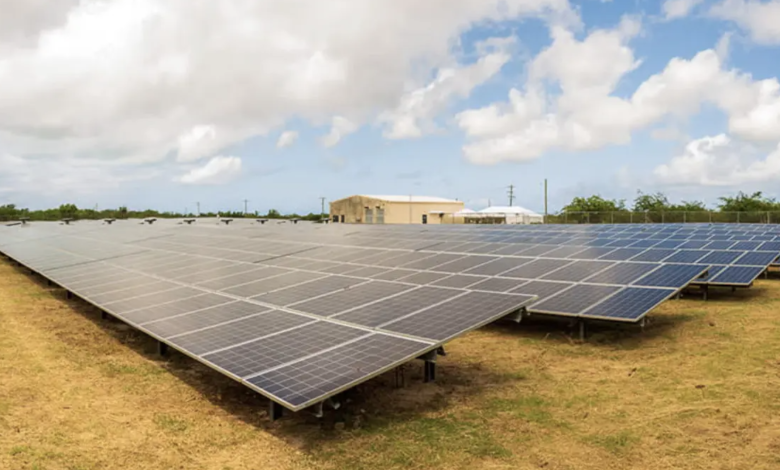
A photovoltaic system resistant to hurricanes
– A photovoltaic system able to meet the local energy needs but, above all, to resist the hurricanes that in the rainy season hit the region. It is the new Caribbean project developed by Masdar in the island state of Antigua and Barbuda. The initiative, christened Green Barbuda, was financed through the Renewable Energy Fund of the United Arab Emirates-Caribbean (UAE-CREF), an instrument that from 2017 aims to implement in 16 Caribbean countries projects to reduce energy costs, increase access to energy and improve climate resilience.
In other words, Antigua and Barbuda were not the first countries to receive support from the fund. As early as March 2019, three photovoltaic plants were inaugurated, respectively in the Bahamas (925 kW plant), Barbados (850 kW) and Saint Vincent and the Grenadines (600 kW). All of these installations have one factor in common: although they do not fully meet island requirements, they are the first major attempt to reduce local diesel consumption.
Green Barbados
Element that also characterizes Green Barbados. The project, as explained by Masdar, is a hybrid, that is, it integrates solar technology – 720 kW of panels – with a reserve diesel generator and an 863 kWh battery. But the production of fv modules alone should fully meet the current day energy demand of the island. And most importantly, the islanders will be able to rely on a hurricane-resistant photovoltaic system.
Climate resilience is an essential factor for a territory at high risk of catastrophic events. Just think of the tragedy of 2017, when Hurricane Irma hit the Antilles destroying 95% of Barbuda and forcing all its 1,800 residents to be evacuated. The new solar project seeks to improve insular resistance, at least that of energy supply. The installation can withstand winds that blow at 265 km per hour ensuring a reliable supply, as well as clean, for the island. And although very small in size, the plant contributes to 15% of the island state’s 2030 renewable target.
“It is a key achievement for the United Arab Emirates-CREF to have led an energy transformation in Antigua and Barbuda on this scale“, comments SE Mohamed Saif Al Suwaidi, Director General of ADFD, the Abu Dhabi Development Fund that economically supports the UAE-CREF. “The project took into account the country’s high dependence on fossil fuel imports for energy needs, despite having the potential to exploit solar, wind and geothermal energy. This initiative highlights the extraordinary ability of clean energy to guide socio-economic development. That is why the ADFD is multiplying its efforts to accelerate the energy transition in the developing world”.


